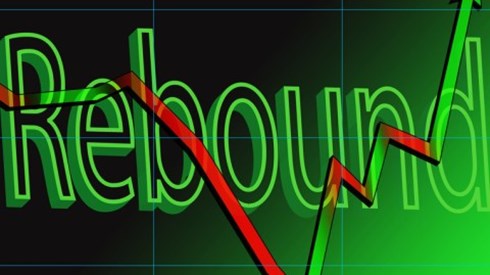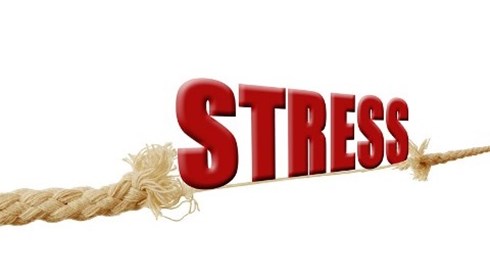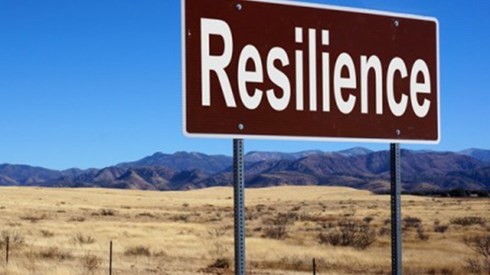Insurers' Surplus Rebounds in Second Quarter, but Challenges Remain

July 22, 2020

After declining in the first quarter of the year due to the COVID-19 pandemic, property-casualty insurers' surplus is expected to rebound significantly in the second quarter, according to Kroll Bond Rating Agency (KBRA).
In a recent Quarterly (Re)Insurance Insights report, KBRA noted that while industry surplus is still down from its record high at the end of 2019, it will be higher than any previous year-end and likely will exceed $850 billion.
The rating agency said that given the property-casualty industry's strong liquidity and conservative premium-to-surplus ratio, it believes the industry can withstand a repeat of the first quarter's market decline, along with expected COVID-19 claims.
"While KBRA acknowledges that pandemic-related losses may reach a significant level in certain product lines (e.g., business interruption, US directors and officers, as well as workers compensation, to name a few), in our opinion, these amounts should be manageable for the industry overall," the KBRA bulletin said.
While citing forecasts calling for above-average Atlantic hurricane activity this season, the KBRA report noted that, as expected, June catastrophe reinsurance renewals were challenging for insurers with catastrophe exposures and poor loss histories.
"This was especially true for companies with limited history and relationships with their reinsurers. Not surprisingly, some companies were not able to place their full program," the report said. As a result, many insurers are facing this hurricane season with lower absolute coverage relative to their probable maximum loss, KBRA said.
Adding to the challenge for insurers, second quarter catastrophe losses are expected to be 25 percent higher than the previous average, according to various reports, KBRA said. Those losses are largely attributable to severe weather-related events in the United States, civil unrest, and COVID-19.
While commercial lines rate increases have been slightly below those seen at the end of 2019, most commercial lines renewals during the second quarter saw rate increases between 4 percent and 5 percent year-over-year, KBRA reported. Directors and officers experienced the highest year-over-year increases at more than 9 percent, while workers compensation rates remained flat.
"This trend should continue and possibly accelerate for the remainder of the year; however, overall commercial premiums could decline as a result of ongoing business closures, especially for retail, hospitality, and restaurants," KBRA said.
Midyear reinsurance renewals saw risk-adjusted pricing that was generally up between 15 percent and 35 percent depending on exposure, territory, layer, and loss experience of the ceding company, KBRA said, with only a select few territories seeing overall rate decreases or renewals at expiring rates.
"In general, reinsurers appeared willing to shed business not perceived as being adequately priced," the KBRA report said. "In turn, in pursuit of improved underwriting profitability, they pulled back (particularly on certain casualty programs), due to adverse prior-year reserve development and social inflation."
KBRA noted that in addition to price increases, reinsurers also tightened terms and conditions as well as focused on ensuring "contract certainty," given continued uncertainty around ultimate COVID-19 losses and the extent to which those losses might filter through to the reinsurance and retrocessional markets.
July 22, 2020





